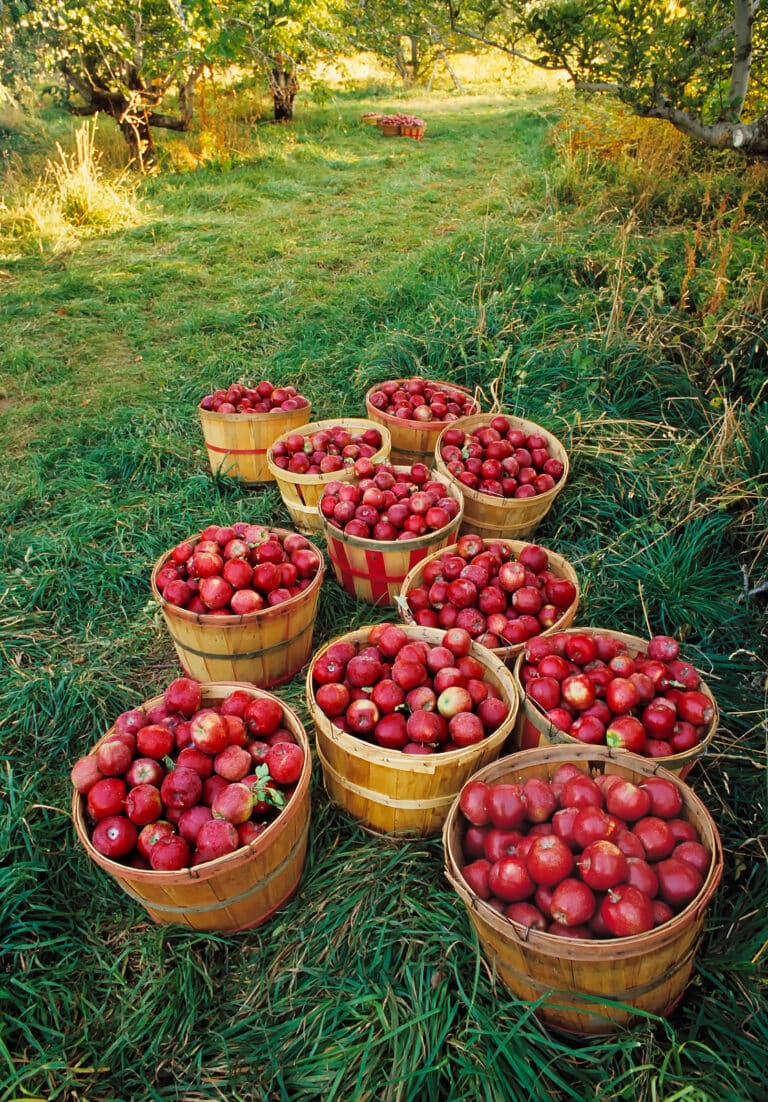Knollwood Retirement Community can improve your aging loved one’s quality of life by providing compassionate, supportive living for seniors near Millstadt, IL and St. Clair County.
For today’s active ladies and gentlemen, age 65 and over, who still have a lot to offer their families, friends and community but need some assistance with one or more daily activities.
Avoid sending your loved ones to a nursing home, in an unfamiliar environment. We provide them with companionship, security and assist with a wide variety of daily activities.
Our caregivers are sweet, caring, skilled, pre-screened, pre-qualified and come with complete background checks. They are here to help your senior family member live as independently as possible.
It can be hard to keep track of all the different terms thrown around when it comes to senior housing. You may have heard about assisted living, but did you know that there are actually many other options available too – one being supportive living?
This type of retirement community has been designed specifically with seniors in mind and offers a variety of services such as 24-hour care, transportation assistance, onsite or nurses and more
It’s easy to confuse assisted living with supportive living.
While they seem similar, there are key differences between these two types of residential care for seniors and their families.
Supportive Living offers a homey setting that is tailored to the needs of each individual resident; this means it may provide personal assistance or have programs like socialization activities on-site every day!
Financial safety nets are why supportive living communities are such an asset to seniors, their families, and Illinois communities.
The biggest difference between Assisted Living and Supportive Living is that licensed Supportive Living communities can accept Medicaid Waivers for Residents who qualify and need the related financial assistance and are age 65 and older.


While Assisted Living amenities may vary and come at an additional cost, all Illinois Supportive Living communities come with most amenities included in one flat rate. These include daily full breakfast, lunch and dinner, housekeeping, social, educational, and wellness activities, assistance with bathing and dressing, medication management, and scheduled transportation.
Residents enjoy private apartments (studio or one bedroom) with us. You or your loved one will have access to recreational rooms, beauty and barber services, and relaxing outdoor spaces.”
There are different types of supportive living; including communities that care for persons living with disabilities, others that care exclusively for seniors, and some residences that care for both.
We provide a safe and caring community for seniors age 65 and older who need some assistance with activities of daily living.
If you need assistance with paying for your care at our community, we can assist you with an application for Illinois Long-term Care Medicaid.
In general, talking to your local supportive living community is the best way to find out their specific qualifications.
“Private Pay, Medicaid & Long Term Care Insurance Accepted”
Millstadt is a village in St. Clair County, Illinois, United States, and a suburb of St. Louis, located at the crossing of Illinois Routes 163 and 158. The village is known for its German heritage, with more than half its people of German descent.Wikipedia
For the most fun in the country, visit Eckert’s Millstadt Fun Farm that specializes in wholesome entertainment that is fun for the whole family.
While this is a beautiful place to visit year round, it is especially beautiful in spring with the flowers and trees blooming. It has one trail with several looping spurs. Part is paved, part is gravel, and part is dirt. There are also a creek and a pond. While the whole place is not very large, it is an enjoyable place to talk a walk and enjoy nature

As of the census[7] of 2000, there were 2,794 people, 1,148 households, and 813 families residing in the village. The population density was 2,511.9 people per square mile (971.9/km2). There were 1,196 housing units at an average density of 1,075.2 per square mile (416.0/km2). The racial makeup of the village was 99% White, 0% Native American, 1% Asian, 0% from other races, and 0% from two or more races. Hispanic or Latino of any race were 0% of the population.
There were 1,148 households, out of which 31.8% had children under the age of 18 living with them, 59.1% were married couples living together, 8.9% had a female householder with no husband present, and 29.1% were non-families. 25.3% of all households were made up of individuals, and 12.5% had someone living alone who was 65 years of age or older. The average household size was 2.43 and the average family size was 2.92.
In the village, the population was spread out, with 23.7% under the age of 18, 7.6% from 18 to 24, 28.6% from 25 to 44, 22.9% from 45 to 64, and 17.3% who were 65 years of age or older. The median age was 39 years. For every 100 females there were 91.5 males. For every 100 females age 18 and over, there were 87.5 males.
The median income for a household in the village was $47,824, and the median income for a family was $56,378. Males had a median income of $40,893 versus $27,196 for females. The per capita income for the village was $21,914. About 3.2% of families and 4.0% of the population were below the poverty line, including 5.9% of those under age 18 and 5.1% of those age 65 or over.
Illinois is a midwestern state bordering Indiana in the east and the Mississippi River in the west. Nicknamed “the Prairie State,” it’s marked by farmland, forests, rolling hills and wetlands. Chicago, one of the largest cities in the U.S, is in the northeast on the shores of Lake Michigan. It’s famous for its skyscrapers, such as sleek, 1,451-ft. Willis Tower and the neo-Gothic Tribune Tower.
Illinois is a state in the Midwestern region of the United States. It has the fifth largest gross domestic product (GDP), the sixth largest population, and the 25th largest land area of all U.S. states. Illinois has been noted as a microcosm of the entire United States.[7] With Chicago in northeastern Illinois, small industrial cities and immense agricultural productivity in the north and center of the state, and natural resources such as coal, timber, and petroleum in the south, Illinois has a diverse economic base, and is a major transportation hub.
The Port of Chicago connects the state to international ports via two main routes: from the Great Lakes, via the Saint Lawrence Seaway, to the Atlantic Ocean and from the Great Lakes to the Mississippi River, via the Illinois River, through the Illinois Waterway. The Mississippi River, the Ohio River, and the Wabash River form parts of the boundaries of Illinois. For decades, Chicago’s O’Hare International Airport has been ranked as one of the world’s busiest airports. Illinois has long had a reputation as a bellwether both in social and cultural terms[7] and, through the 1980s, in politics.
The Illinois state parks system began in 1908 with what is now Fort Massac State Park, becoming the first park in a system encompassing more than 60 parks and about the same number of recreational and wildlife areas.
Areas under the protection of the National Park Service include: the Illinois and Michigan Canal National Heritage Corridor near Lockport,[154] the Lewis and Clark National Historic Trail, the Lincoln Home National Historic Site in Springfield, the Mormon Pioneer National Historic Trail, the Trail of Tears National Historic Trail, the American Discovery Trail,[155] and the Pullman National Monument. The federal government also manages the Shawnee National Forest and the Midewin National Tallgrass Prairie.
Millstadt, Illinois 62260
Knollwood St. Clair Retirement Center
921 Knollwood Village Rd, Caseyville, IL 62232